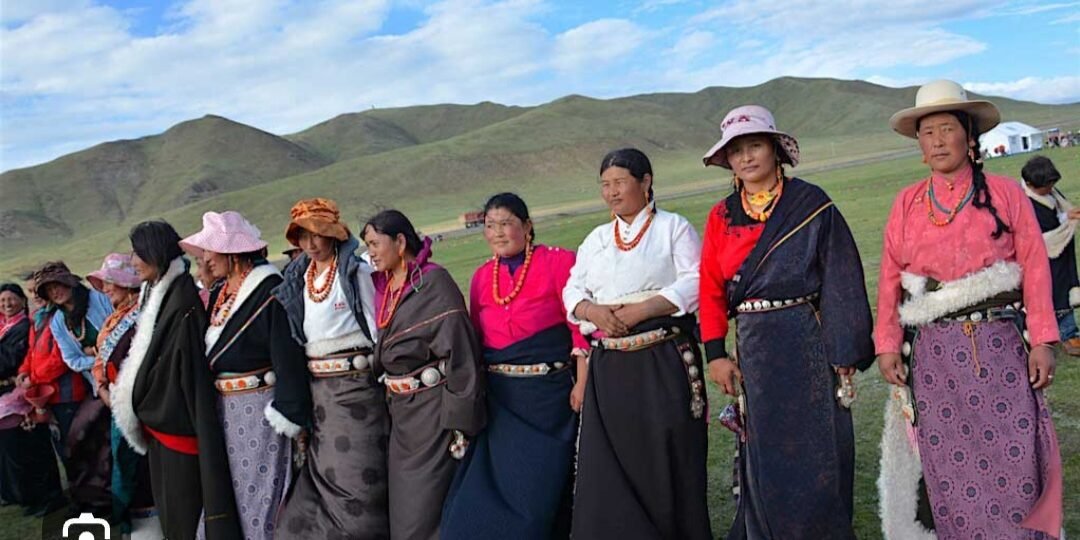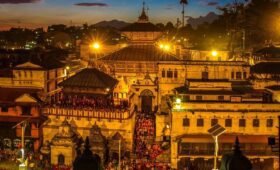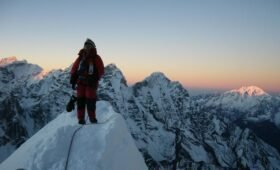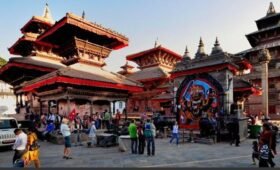General Information for Tibet
Getting into Tibet
Our Real Journey Treks Nepal tours are based on an entry and exit from Kathmandu. However, you can also enter from parts of Mainland China such as Beijing, Chengdu, or Hong Kong (via Chengdu).
In these cities you will be met at the airport and transferred to your hotel. Depending on your itinerary, you will have a chance to sightsee before being transferred to the airport for your flight to Lhasa. Additional accommodation in Kathmandu, Beijing, Hong Kong, or Chengdu can be arranged, please ask us for more details.
Transportation in Tibet
The roads in Tibet can be rough and at times impassable for some vehicles. Because of this, we use only the best Land Cruiser 4WDs. These vehicles are extremely reliable and will make the journey as comfortable as possible for all passengers. Some journeys overland are long, so we’ll be sure to stop along the way for photographs or to visit places of special interest. Although we will stop for lunch along the way, many travellers like to bring snacks and drinks to enjoy on these long rides.
Best Time to Visit Tibet
Despite the high altitude of the Tibetan Plateau, the daytime temperatures are actually quite mild. Between April and November the average daytime temperature ranges from 15-25 degrees celsius and the skies are generally clear and blue. From July to August though there can be rain showers during the day. The nights, however, can be very cold and temperatures can drop below 0 degrees celsius. During the day a light shirt or jumper and lightweight pants will be suitable, but a warm fleece or down jacket is recommended for the evenings.
Clothing & Equipment
Air China flies directly between Kathmandu and Lhasa across the mighty Himalayas. This flight offers spectacular views of Mount Everest and many other Himalayan giants. Alternatively, the journey overland from Kathmandu to Lhasa lets you see these mountains close up as you drive from the relatively low altitudes of Nepal to the staggering heights of the Tibetan plateau.
- Down jacket or warm fleece top
- Thermal underwear (top and bottom)
- Cotton shirts (short and long sleeved)
- Warm and cotton trousers
- Sun polarized sunglasses
- Beanie or warm woolen hat and gloves
- Scarf (to keep out dust as well as cold)
- Sandals (flip-flops)
- Towel
- Sleeping bag (for camping/trekking)
- Rain jacket
- Strong sun cream and lip protector
- Moisturizer
- Water bottle
- Camera (and plenty of film and spare batteries)
Guide & Accommodation
Throughout your time in Tibet you will be accompanied by a knowledgeable Tibetan guide who will not only act as an interpreter but will also provide a valuable insight into the Tibetan way of life.
In Lhasa, accommodation will be at in locally run, high standard hotel. In central Lhasa there are plenty of boutique and budget friendly hotels renowned for their hospitality and warmth. These hotels are just a few minutes walk from the Jokhang Temple, the Barkhor, and interesting local markets.
Elsewhere on your journey accommodation will be in the best available hotels.
Meals can be taken either in your hotel or in a restaurant of your choice. While on the road, lunch will be at one of the many tea shops along the way which generally serve a variety of noodle and vegetable dishes. Tibetan cuisine is simple, favouring hot, filling meals such as noodle soup and rice.



